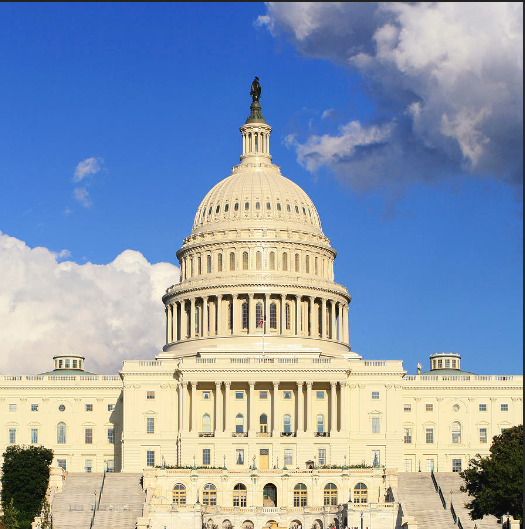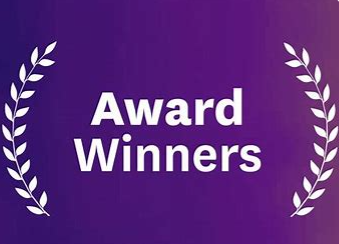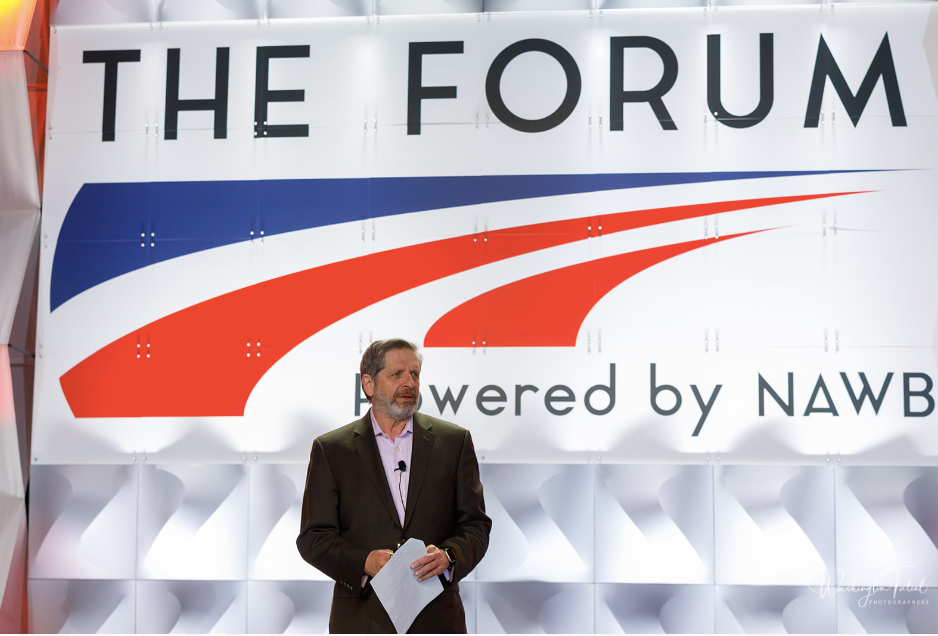NAWB Staff Hits The Road
In the wake of a fantastic Forum 2022, it remains the season for convocation, learning, and exchange! During the week of May 2nd, much of NAWB staff hit the road to offer expert insight to our colleagues in workforce and to receive the same from them in return. Here’s a brief summary of what we were up to.
NAWB “CLOSES IT” and “Crosses The Cactus”
In Santa Fe, NM, three of our staff gathered for Innovate + Educate’s annual “CLOSE IT” summit, which this year joined forces with New Mexico’s own “Crossing The Cactus” conference, becoming “Close It Meets Crossing The Cactus.”
Senior Program Manager Tiffany Nicholson, an Innovate+Educate alum, was pulling double-duty as one the event’s primary producers. “I’ve watched CLOSE IT evolve over the years, because I've supported production since 2016,” Tiffany says. “This year was a little bit different because of the lens brought by VC in meeting Crossing the Cactus. It felt like we had this trifecta, this triangle: workforce development, education, and economic development.”
“I saw us as inside this triangle offering the innovation, the tech, that brings these together,” she says of the summit. “And we had industry there to make investments in these technologies, to invest in the advancement of these innovative data strategies. CLOSE IT is always an eclectic mix of attendees, but this year added another pivotal pillar with CTCS.”
Meanwhile, NAWB EVP Melanie Anderson and President and CEO Ron Painter were at the conference to inform attendees– a mix of investment capitalists, education technology-focused companies, and workforce development professionals from public & private organizations– about the work of local workforce development boards, and also to learn about some of the projects which venture funds are engaged in with local boards.
Ron was part of the closing panel, "The Future of Learning: Workforce Boards, Corporations, Nonprofits, Policy - What Will It Take?" He was joined by Jackie Hartwig, from Strayer University; Joann Kozyrev, from Western Governs University; and Brandon Chrostowski, founder of the EDWINS Leadership and Restaurant Institute. Each explained ways that corporations are involved in local workforce development partnerships.
Ron spoke about effective partnerships built around various forms of work-based learning that cater to emerging workers, incumbent workers, and partners in career & technical education. He offered examples of “deep partnerships” between local workforce boards and businesses in Connecticut, Virginia, Kansas, and Alabama, including those with companies like Electric Boat, Huntingdon-Ingalls, Spirit Aero System, and Airbus.
He also covered NAWB’s accelerating efforts, in partnership with small businesses, to support workforce development across the U.S. by helping to write, file, and report apprenticeship plans. The conversation touched on other investments of NAWB’s time and energy, including writing skills-based position descriptions based on need and facilitating job fairs. Ron closed with an overview of lessons to be learned and applied from NAWB’s work.
NAWB Centers Families In Programming and Policy
Meanwhile, two staff traveled to Hershey, Pennsylvania for the Pennsylvania Workforce Development Association Annual Conference. Kelly Middleton-Banks, Senior Program Manager, and Kyle Marinelli, Manager of Government Relations and Policy, teamed-up to talk about Family Centered Employment, SNAP Employment and Training, and the present policy landscape which shapes these workforce efforts. They presented on lessons from NAWB's family-centered employment and SNAP E&T initiatives and their implications for policy development at both the state and federal levels.
“We got such great questions from the audience,” says Kyle, “and their willingness to engage in difficult policy and program discussions that will undoubtedly impact their communities is something to commend.”
“I enjoyed tying the WIOA reauthorization proposal, FY23 appropriations, and the upcoming Farm Bill to NAWB’s work on Family Centered Employment and SNAP Employment and Training. This was a chance to relate the policy side of things, which is my area, to our initiatives at NAWB, which was a nice experience for me.”
For Kelly, this was an opportunity to speak about the progress and the products of years of programmatic efforts, both hers and NAWB’s. “It was great to share with participants the evolution of NAWB’s focus on family-centered employment strategies and how family-centered strategies impact our efforts in policy and programming,” Kelly says.
“What is apparent is that there is still so much to unearth and learn on the application of family-centered strategies, and on aligning WIOA and SNAP E&T,” she says. “The community is looking for more practical support and assistance in navigating these complex issues.”
“I look forward to continuing my work with Kyle, and the NAWB team, to provide more information and resources in support of advancing family-centered strategies and increasing coordination with SNAP E&T in the workforce development community.”
Closing Thoughts From The Homefront
Back in our daily rhythms in D.C., the contrast with the experience of travel and conference-going is clear, which makes the value of those activities clear in-turn. We love to learn from our industry colleagues, and we’re always honored and delighted to be able to offer our unique expertise in ways which return the favor.
Thank you to Innovate+Educate, the Pennsylvania Workforce Development Association, and all the folks who attended Close It Meets Crossing The Cactus and the PWDA Annual Conference along with us, as well as everyone who made these events happen!


National Association of Workforce Boards | All Rights Reserved |
Created by Olive + Ash.
Managed by Olive Street Design.








